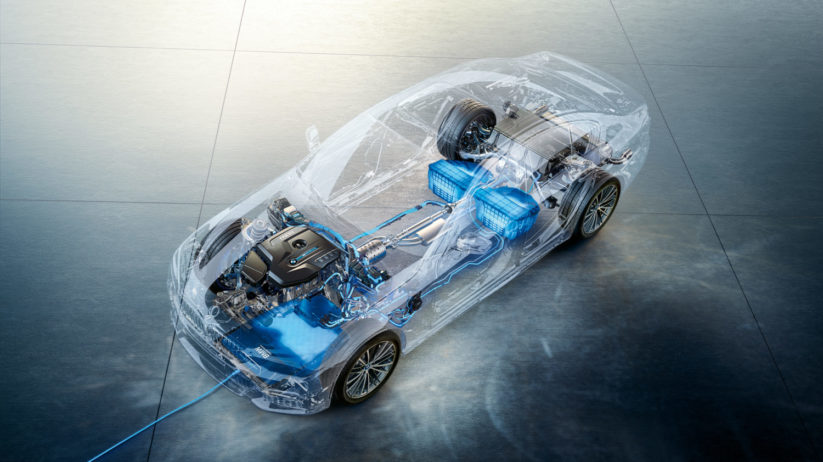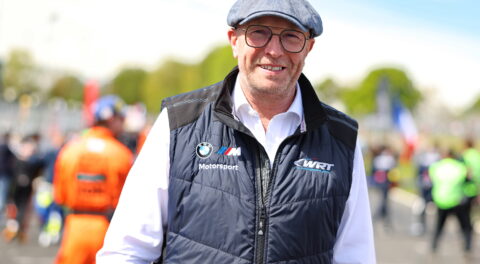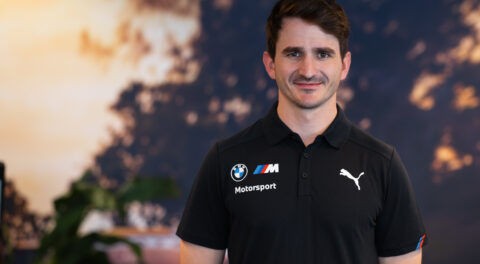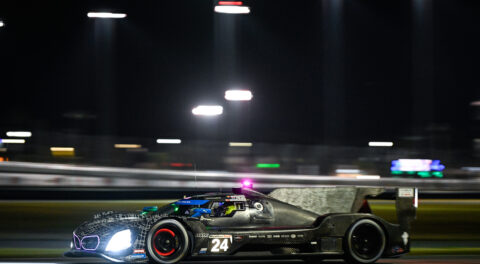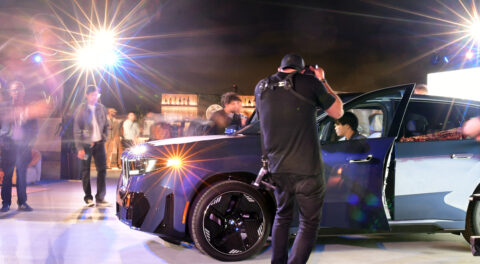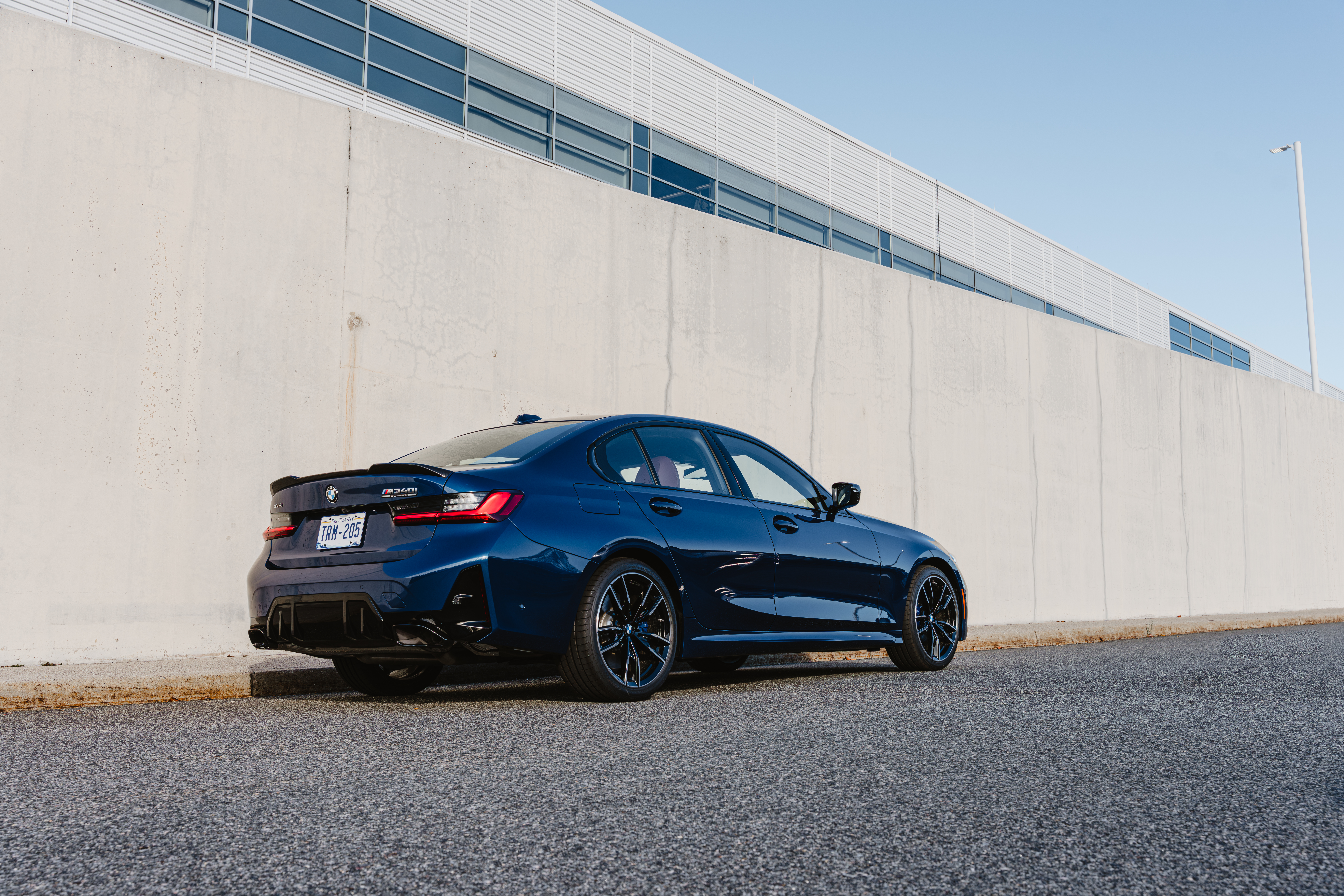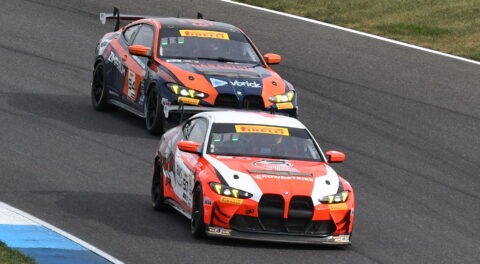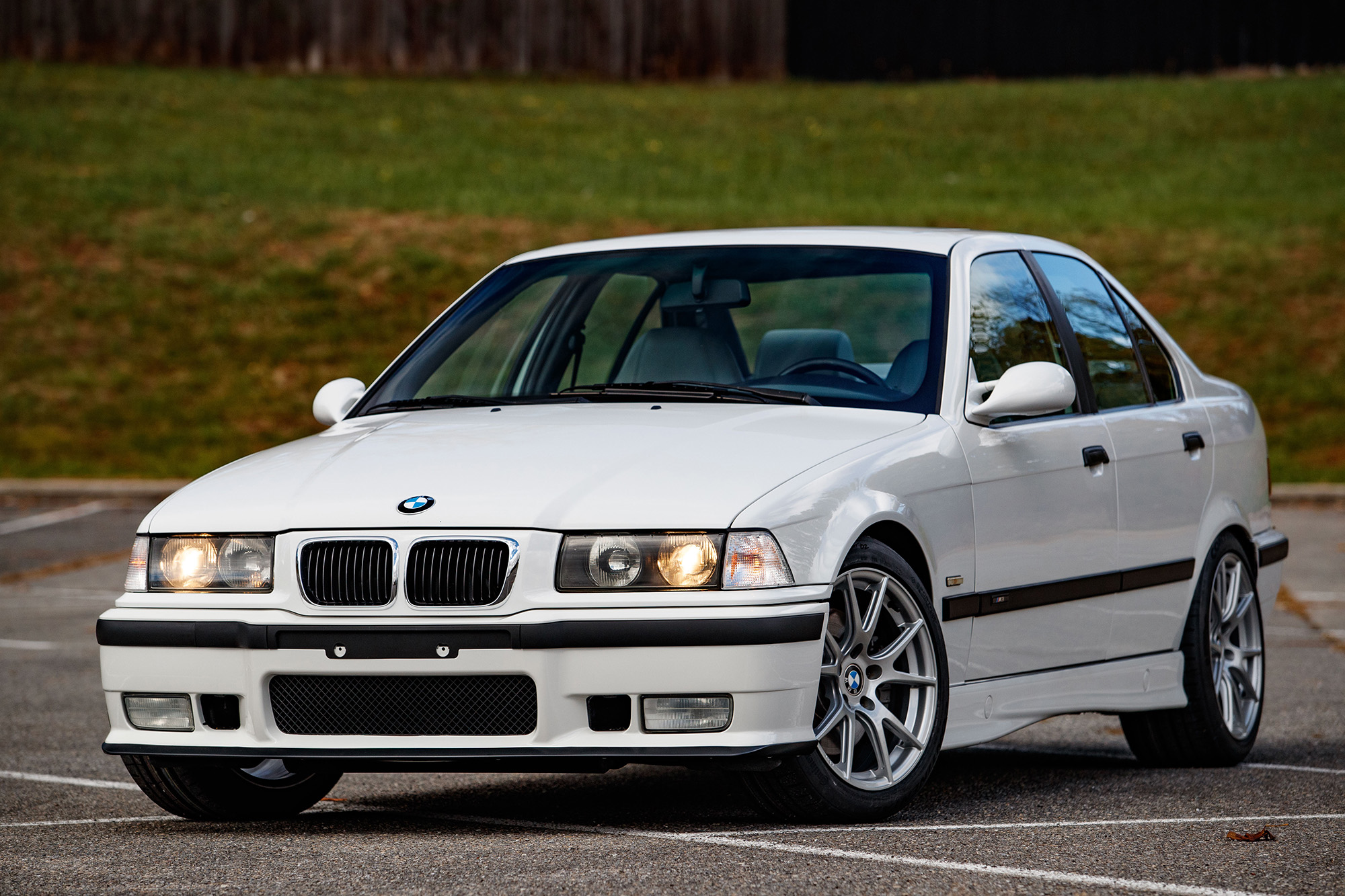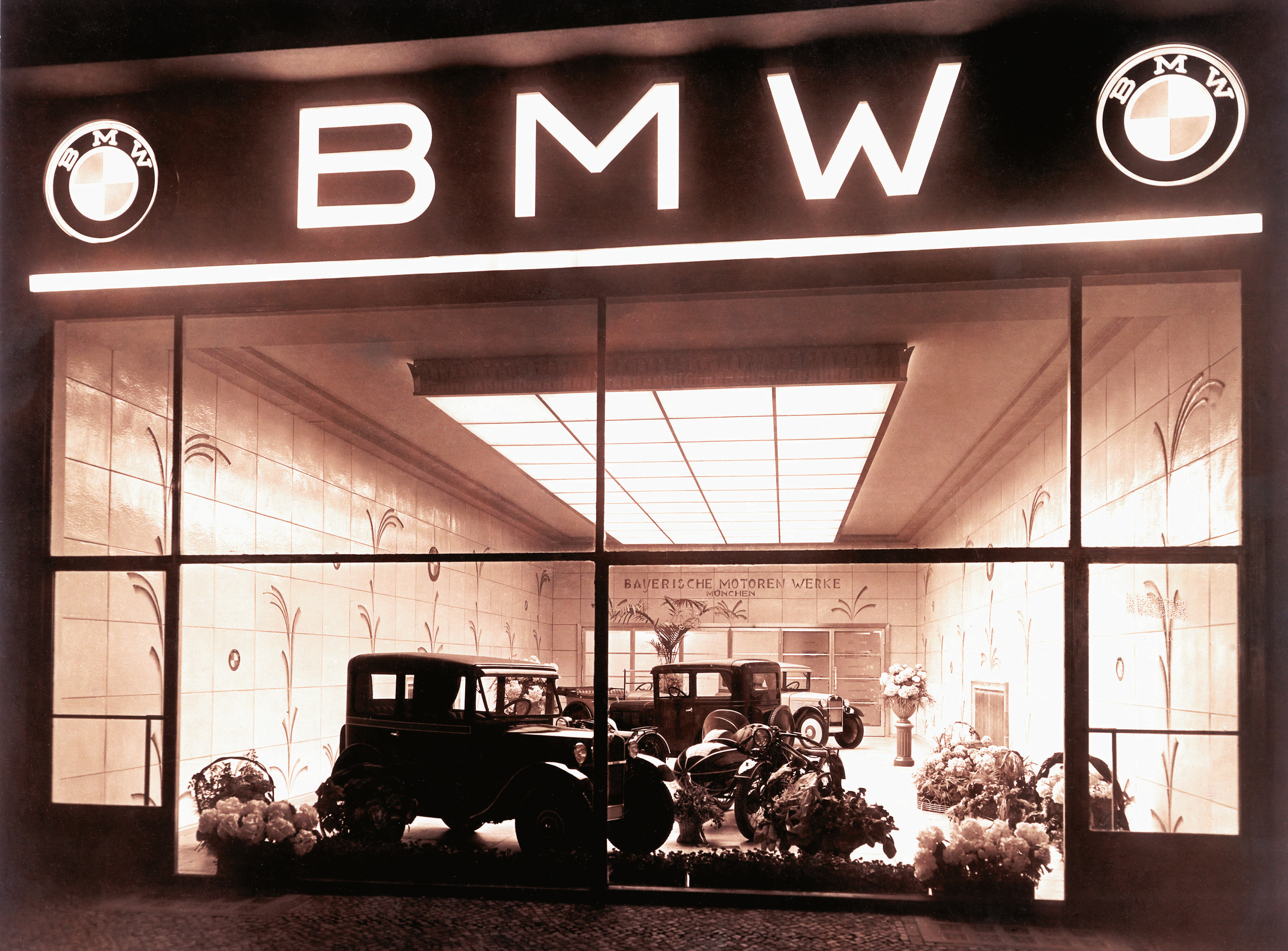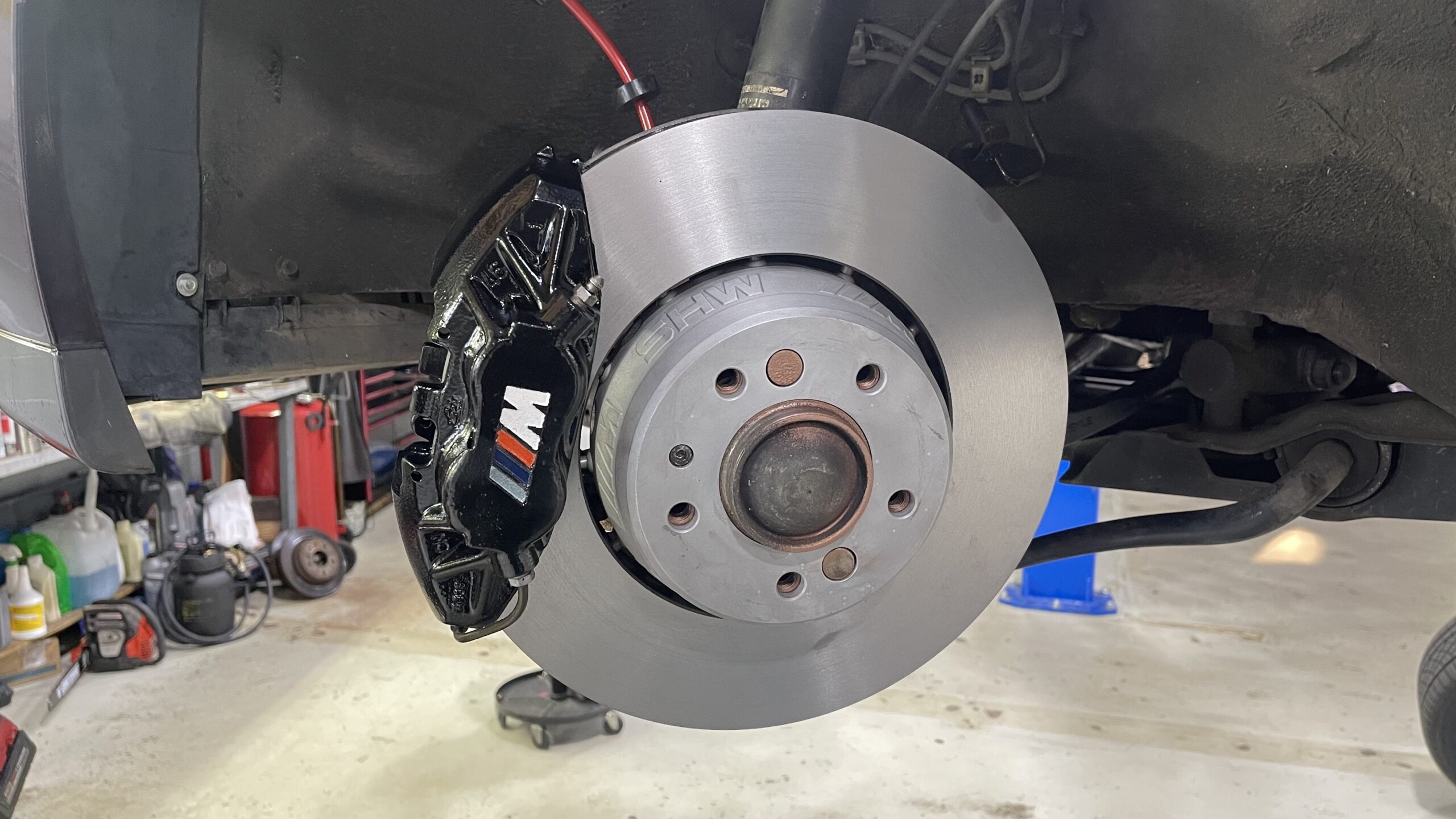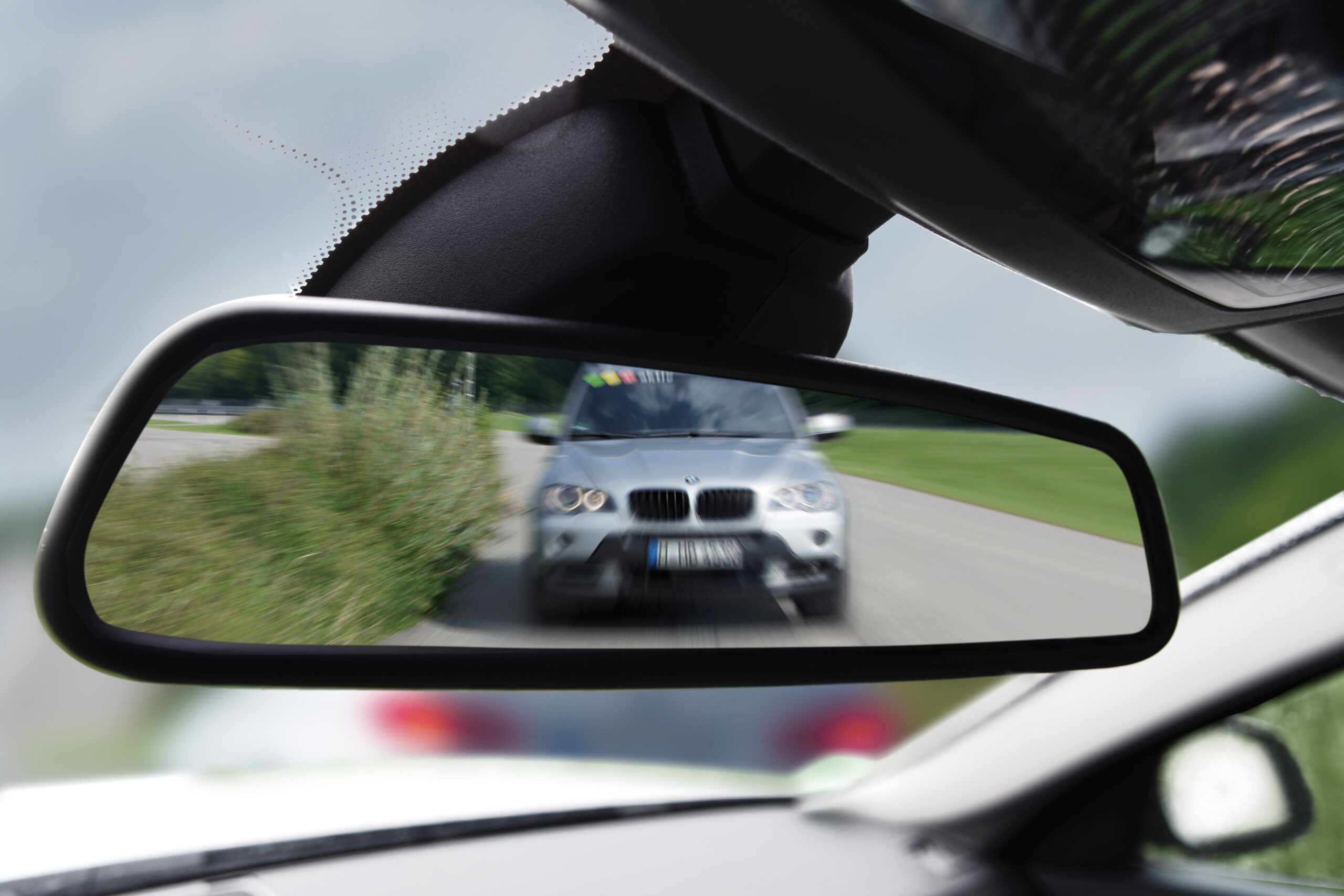Underlying shared vehicle platforms are not a new concept by any means, and budget-minded, cost-conscious automakers continue their efforts with brand engineering to this day. Thankfully, the era of the Chrysler K car seems to be well behind us, and the latest modular versions of these platforms have done quite a bit to prove themselves over the past decade. It doesn’t take an engineering degree or a career in manufacturing to realize the advantages of standardizing production to such an advanced state—but with any consolidation comes the inevitable compromise.
Volkswagen’s MQB and MLB platforms were initially rather limited in their range of application, but now make up the substructure of cars that range from the Audi A4 to the Porsche Macan, with quite a few others in between. BMW, being the manufacturing industry leader that it is, has long resisted standardization to this degree, instead relying on its own inherent production prowess to maintain efficient yet highly varied output around the globe.
This philosophy is changing, however, with more future developments focusing on two separate platforms designed to make up the basis of the majority of future models. Currently dubbed FAAR and CLAR, the former will serve to underpin FWD-based vehicles (which will, of course, have optional xDrive), while the latter will be the foundation for RWD automobiles, with optional xDrive blurring the line there as well. Both of the chassis concepts are built with PHEV and full EV capability in mind, and all vehicles will have built-in room for batteries under the floorboards, regardless of whether the finished product will have an electrified drivetrain or not.
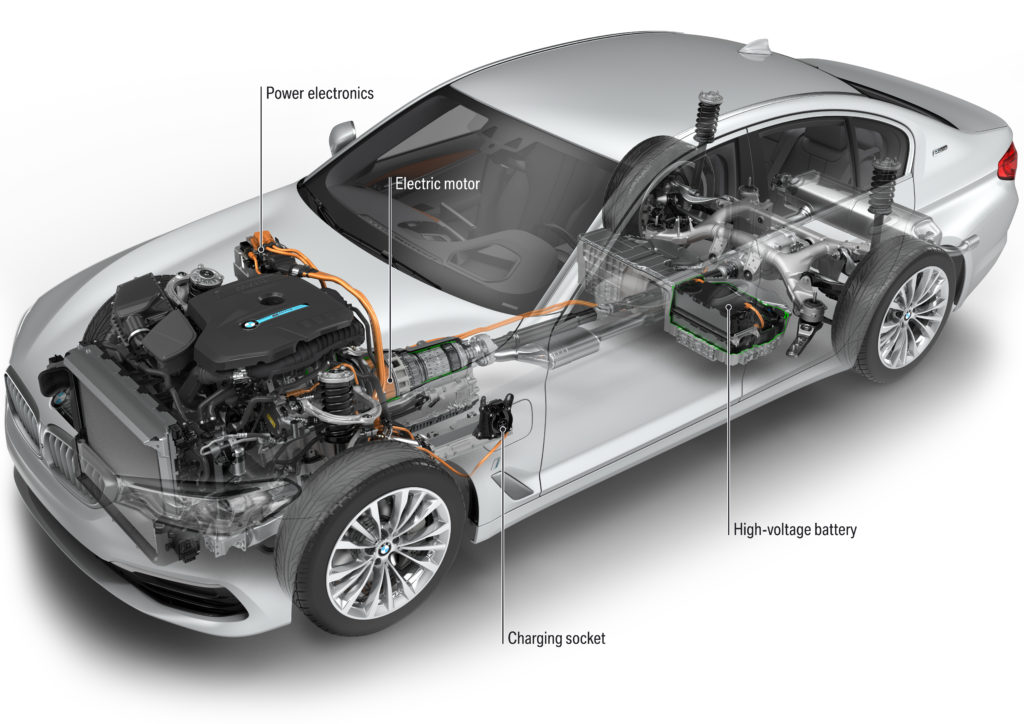
Those of us who have toured (or at least watched video footage of) the inner workings of a BMW production facility tend to come away impressed by the highly varied range of models and sub-models rolling down the same line; it’s the ability to pull this feat of manufacturing magic off with such consistent quality that has given BMW an edge over others for a few decades now, and the marque is showing no signs of abandoning this core competency. Both of the modular platforms are designed to be widely adaptable, and unlike others, BMW will not be leaving RWD behind for the cost savings associated with FWD and FWD-based AWD—not yet, at least.
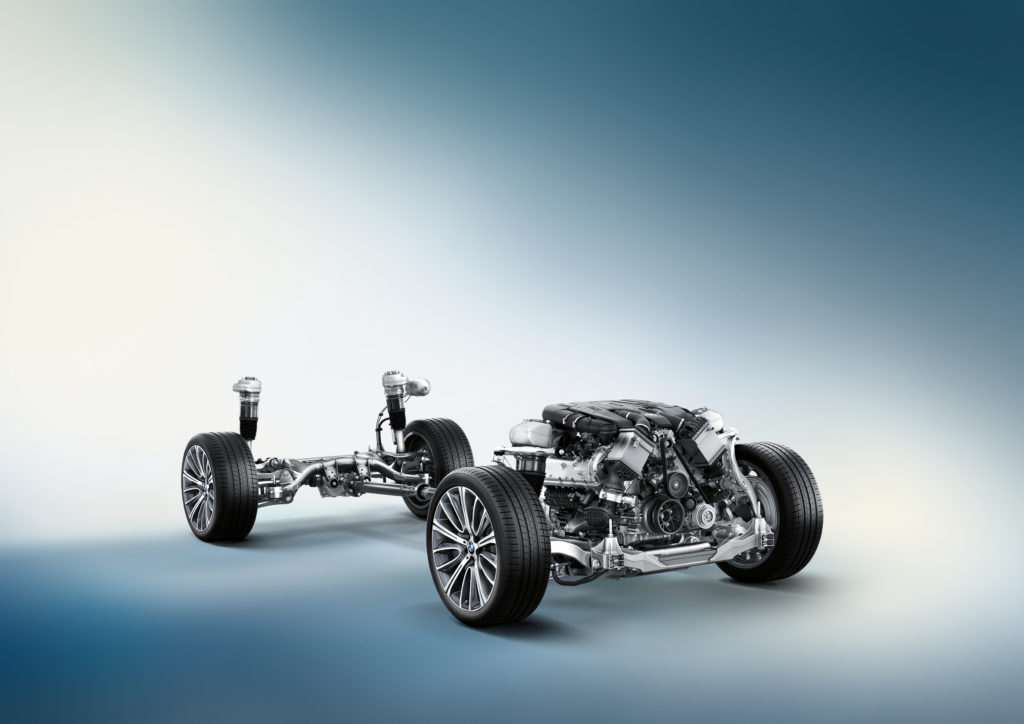
Another advantage that BMW is pursuing on its own is the integration of PHEV and EV models within the regular production range. While other automakers are making big bets on producing hybrids and electrical vehicles on their own exclusive lines, or in entirely separate facilities, the minds at BMW are hedging their investments on underlying flexibility that is meant to meet a varied range of future vehicle production constraints and market demands. According to Oliver Zipse, the member of the board of management for BMW and responsible for production, future projections about the percentage of alternatively motivated vehicles demanded by the market remain largely unknown, but BMW’s manufacturing facilities are ready to adapt.
If you’re curious about what these platforms might look like in tangible form, an early version from which the RWD CLAR (Cluster Architecture) platform was developed is currently rolling around as the G11 7 Series, while outgrowths take the form of the G30 5 Series, the G15 8 Series, and the range of new X models like the G01 X3, G02 X4, and G05 X5.—Alex Tock
[Photos courtesy of BMW AG.]

